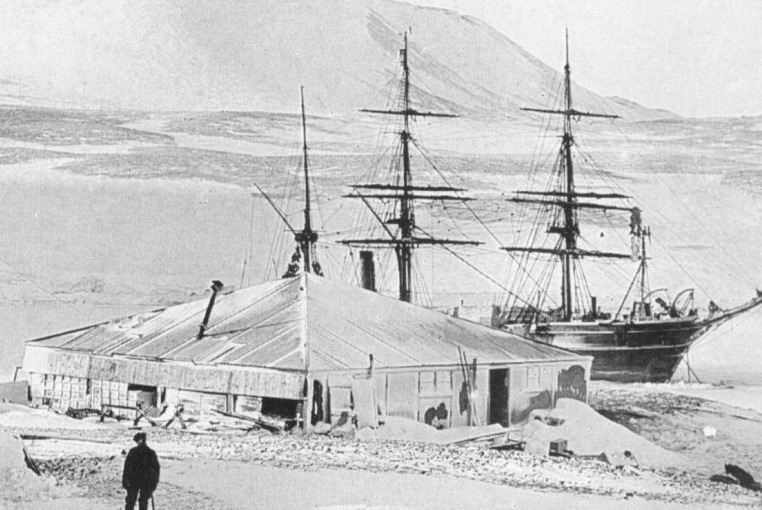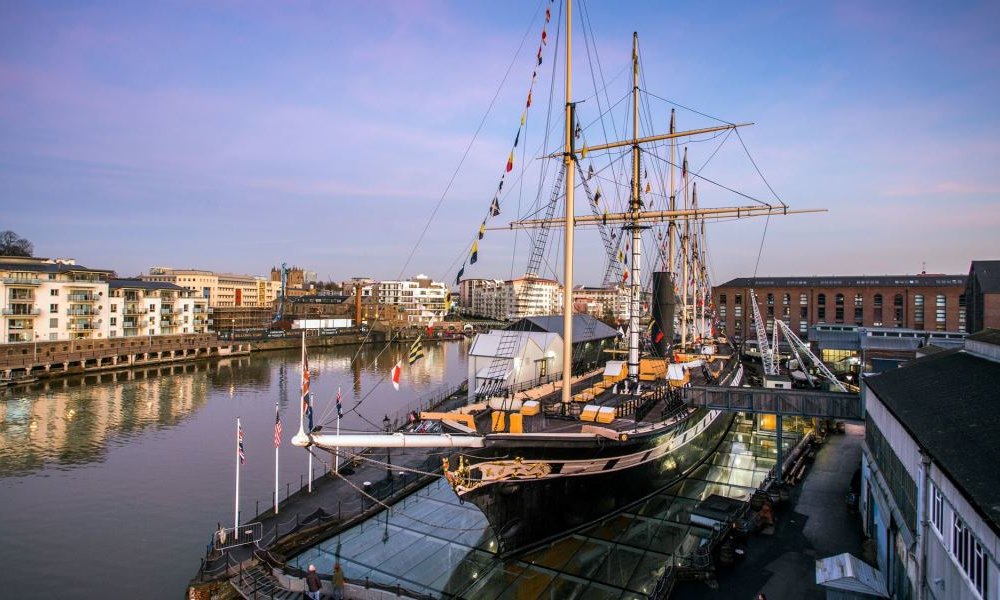
Scott’s ship ‘Discovery’ took him to the South Pole in 1901 and is still with us today
Robert Falcon Scott led the first British National Antarctic Expedition from 1901 to 1904. It made him famous and launched the careers of other Antarctic explorers such as Shackleton, Wilson and Wild.
It was the first official British expedition and was a trailblazer for future expeditions to Antarctica. It achieved much in terms of expanding scientific knowledge and exploration of the Antarctic continent and Scott reached the furthest point south at that time but did not reach the South Pole.
Scott sailed in the ship ‘Discovery’ and as was common in those days, expeditions were often named after their ship, hence the alternate name of the ‘Discovery Expedition’
Scott would return again to the south in 1910-13 and reach the South Pole. Unfortunately, Amundsen reached it first and Scott’s party died on their return journey. But what of Scott’s ship?
Designated RRS Discovery (Royal Research Ship), she was built in Dundee, Scotland for the modern equivalent of AUD $7.25 million and was the last traditional wooden three-masted ship to be built in Britain.
Designed to withstand being frozen into the ice and resist crushing she was widely considered to be the strongest wooden ship ever built and was launched on March 21, 1901

After her successful first expedition, due to financial problems, she was sold to the Hudson Bay company in 1905 and ferried cargoes between London and Hudson Bay, Canada. After sterling service during the First World War and beyond she was laid up in 1922.
In 1923 the Colonial Service refitted her at a huge cost to conduct whaling research as well as oceanographic and hydrological surveys in the Falkland Islands and from 1929 till 1931 the British Government lent her to the British Australian and New Zealand Antarctic Research Expedition (BANZARE).
Discovery was officially handed over to the Boy Scouts on October 9th 1937 as a training ship for Sea Scouts. This video clip (below) shows Lord Baden-Powell at the hand-over ceremony.
In the 1950’s Discovery was taken over by the Royal Navy Auxillary Reserve. As her condition deteriorated over the years she was in danger of being scrapped but was saved by the Maritime Trust in 1979, restored and opened to the public as a museum. Ownership was passed to the Dundee Heritage Trust in 1985 and she was returned to the city where she was built.
Discovery is now the centrepiece of Dundee’s visitor attraction Discovery Point. She is displayed in a purpose-built dock, in a configuration as near as possible to her 1923 state, and is listed as part of the National Historic Fleet.

Amazing that she is still around and that we can visit her. A most fitting retirement for a wonderful ship.
Here is an old film of Discovery being presented to the Boy Scouts (Video Credit: British Pathé)
https://www.facebook.com/DiscoveryPointandRRSDiscovery/videos/10156697013336108/
